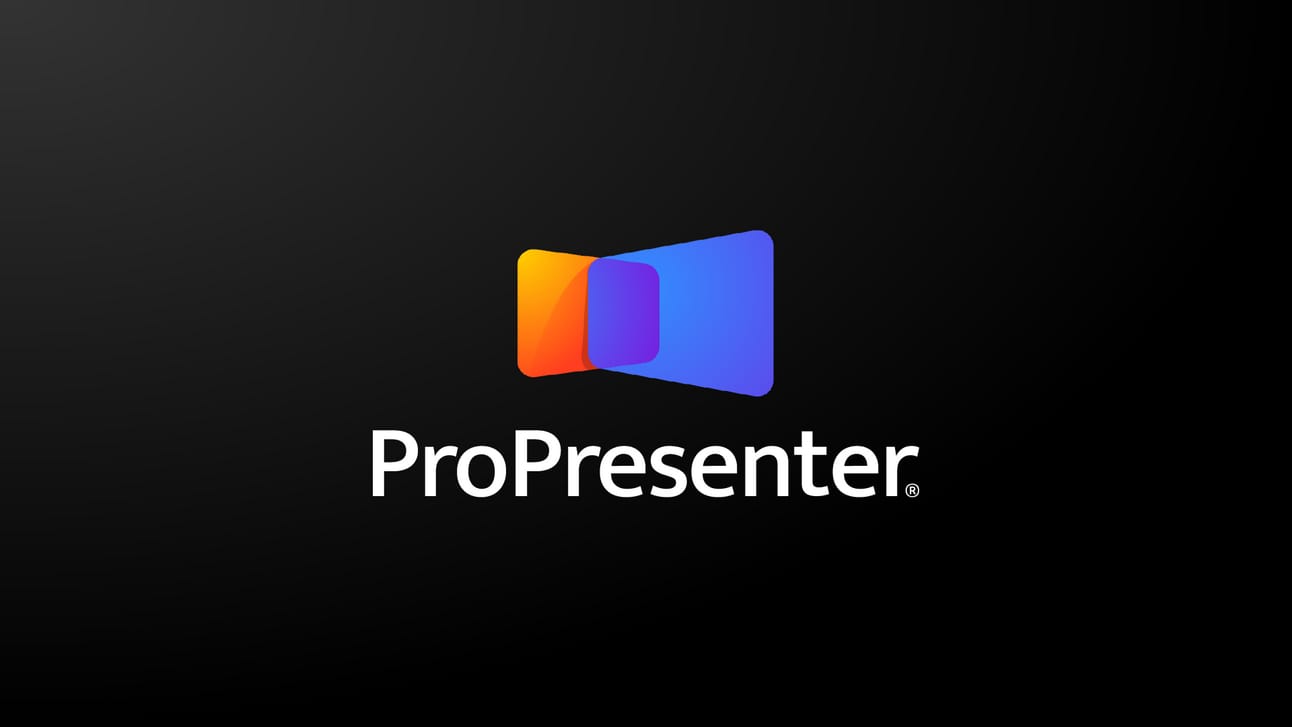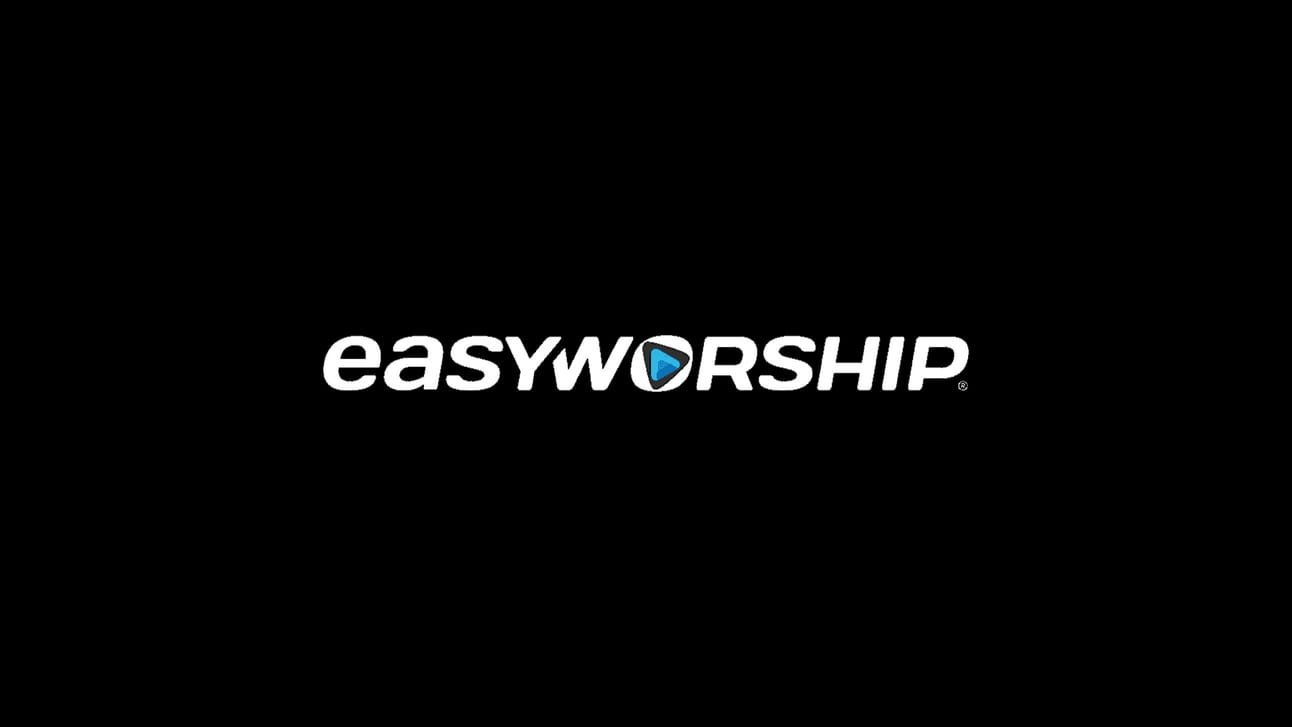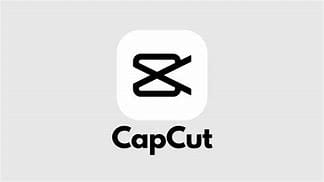I am passionate about the Kingdom of God, so I am dedicating Thursdays to Church Media. Why? Even though I always had a flair for tech from when I was very young, church was the first platform I had to showcase what I know and grow. And yes I have grown.
Paul, the Apostle, said this truth in Romans 10:17 – Faith comes by hearing, and hearing by the word of God. However, in today’s world, seeing often opens the door to hearing.
When Jesus wanted to convey profound truths, he didn’t just lecture – He painted pictures with words: seeds falling on different soils, a shepherd searching for one lost sheep, a father running to embrace his wayward son. These vivid stories have endured for millennia because they engage not just the mind but the heart and imagination. Today, your church has powerful stories to tell, and in the visual culture of today, these stories deserve to be both heard AND SEEN!
Creative Insight: Storytelling Goes Deep
From Genesis to Revelation, the Bible itself is fundamentally a story: God’s epic narrative of creation, fall, redemption, and restoration. Throughout scripture, we see how visual elements repeatedly enhance spiritual understanding:
- Moses and the Burning Bush is a visual encounter that changed history
- Ezekiel’s Valley of Dry Bones is a vivid vision illustrating spiritual truth.
- The Tabernacle and Temple: Although they are physical spaces, they are designed to communicate spiritual realities
- Jesus uses everyday objects (coins, seeds, bread, pearls) to illustrate Kingdom principles.
This biblical pattern teaches us something critical: abstract concepts become accessible when given visual form. In today’s digitally saturated world, this principle is more relevant than ever.
A larger percentage of the people who have attended our Church did so because of our social outreach. They came because they wanted to see for themselves. This emphasizes Phillip’s response to Nathaniel when he doubted the Messiah – “Come and see!”
Why do visuals make such a dramatic difference? Neuroscience provides insight: when people hear information, they typically recall only 10% three days later. Add a relevant image, and retention jumps to up to 80%. Our brains are wired to process visual information 60,000 times faster than text.1
But visual storytelling in ministry isn’t just about effectiveness, it’s about incarnational theology. When God wanted to reveal himself most fully, the Word became flesh — visible, tangible, and present. Our visual communication efforts echo this divine pattern of making the invisible visible.
And this is why you must not play with visuals.
The Toolbox: Accessible Visual Ministry Tools
One of the goals of starting these newsletters is to ensure I make this as simple as possible – curating information that will get you started or jumpstart you to another level. Now, you don’t need a crazy budget or professional training to tell compelling visual stories. These accessible tools can transform your church’s communication:
Canva for Visual Design – https://canva.com
Canva is now an all-in-one tool. It is perfect for designing service graphics, social media posts, and announcement slides. One of the key benefits is that if your Church registers as a non-profit, you can get Canva Pro for free. And if you are using the free version, there are thousands of customizable templates even on the free version of Canva.

If you’re working with a team, I will recommend creating a style guide that serves as a template with your church colours, fonts, and logo variations to ensure consistency across ministry teams.
ProPresenter for Worship Presentation – https://renewedvision.com
ProPresenter is my first recommendation for worship presentations. This is because of its integration with many applications like NDI, Zoom and even YouTube. I have seen many Churches use just ProPresenter as an all-in-one package for their presentation and streaming purposes.

Beyond that, it is perfect for Sunday service slides, scripture displays, and announcement loops. You can also plug in inputs live video. You can do up to 4 screen outputs using ProPresenter, especially the Stage Display output that allows your worship team or pastor to see different information than the congregation.
EasyWorship for Worship Presentation – https://easyworship.com
EasyWorship is designed to meet the needs of churches of all sizes. One of the things EasyWorship has going for it is its user-friendly interface. You can easily import text, build and display lyrics and scripture, slides, images and videos.

In addition, EasyWorship has made it easy to integrate live video, and more recently, you can output via NDI for live streaming. You can also create multi-screen outputs,s including stage display, which you can configure differently for your worship team or any other minister.
Unsplash and Pexels for Free Stock Photography
Many times I have seen churches do designs with low-quality stock imagery. If you don’t have the luxury of taking pictures that you will use for designs yourself, go for stock photos. Unsplash and Pexels offer you high-quality imagery without any copyright concerns. Whether you need backgrounds for your worship slides and designs, head on to Unsplash or Pexels and enter the keyword for the kind of image you’re looking for.
I will recommend that when searching for images use keywords for broad concepts like “community,” “hope,” or “prayer” rather than specific religious terms.
Capcut for Video Editing – https://www.capcut.com
If you have not read my article on “The Short Video Revolution: 60 Seconds to Capture Hearts”, you should. I shared two major tools you can use for video editing. Capcut is a free video editing app you should have in your toolbox.
If you want to go Pro, you might consider using Adobe Premiere Pro or DaVinci Resolve. Why I recommend CapCut is because you can create professional-looking videos with minimal effort. It has built-in trending effects and transitions. It has a built-in music library for music and sound effects that you can use commercially. There is the auto-captions feature with different styles to choose from.

And you can even generate content using their built-in AI tools. The possibilities of using Capcut are endless. You should try it if you haven’t.
With this, you can create your service highlights, sermon extracts, testimony videos and many other videos.
Bonus: Church Media Drop – https://churchmediadrop.com
I have been following Brad Zimmerman for a while and if you want free church-curated resources, Church Media Drop is your go-to place. If your ministry can invest in the monthly subscription, you get a free media drop every month.
As a creative, you can also share media elements you have created to share with other churches around the world.
Weekly Challenge
Now I challenge you to capture one visual story from your church community:
- Choose Your Format
- A single compelling photograph
- A short (30-60 second) video
- A series of 3-5 images that tell a progressive story
- Select Your Subject Consider capturing:
- A ministry in action (avoid faces if privacy is a concern)
- A meaningful church space transformed by light
- Symbolic objects from your worship environment
- Behind-the-scenes like service preparation
- The emotion of a significant moment (worship moments, baptism, after-service greetings etc)
- Add Context
- Pair your visual with a brief caption or scripture that enhances understanding
- Consider how the image/video answers: “What is God doing in our community?”
- Share Thoughtfully. Go ahead to post to your church’s social channels or your personal account. Don’t forget to tag me or add the tag #MyDigitalMuse so I can see it.
Looking forward to your shares.
P.S. Is there a particular ministry communication challenge you’re facing? Reply to this email, and I might address it in an upcoming edition!

